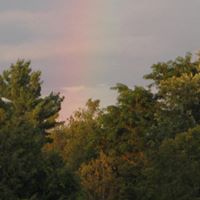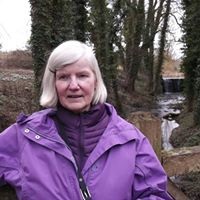Where is the Isle of Ely?
The Isle of Ely is an historic region around the city of Ely in Cambridgeshire, England. It used to be a county in its own right. Its name is said to mean "island of eels", a reference to the creatures that were often caught in the local rivers for food. Until the 17th century, the area was an island surrounded by a large area of fenland, a type of swamp. It was coveted as an area difficult to penetrate and was controlled in the very early medieval period by the Gyrwas, an Anglo-Saxon tribe. Upon their marriage in 652, Tondbert, a prince of the Gyrwas, presented Æthelthryth (who became St. Æthelthryth), the daughter of King Anna of the East Angles, with the Isle of Ely. She afterwards founded a monastery at Ely, which was destroyed by Viking raiders in 870, but was rebuilt and became a famous Abbey and Shrine. The Fens were ultimately drained, this began in 1626 using a network of canals designed by Dutch experts. Many Fenlanders were opposed to the draining as it deprived some of them of their traditional livelihood; acts of vandalism on dykes, ditches and sluices were common, but the drainage was completed by the end of the century.
More Info:
en.wikipedia.org














